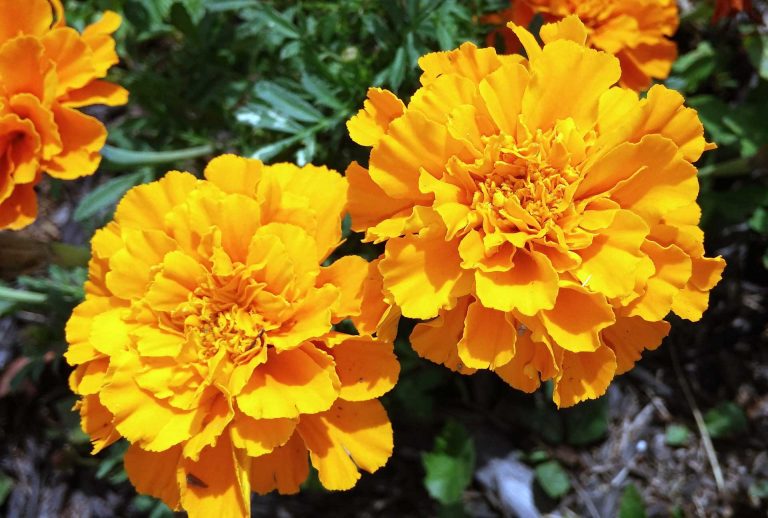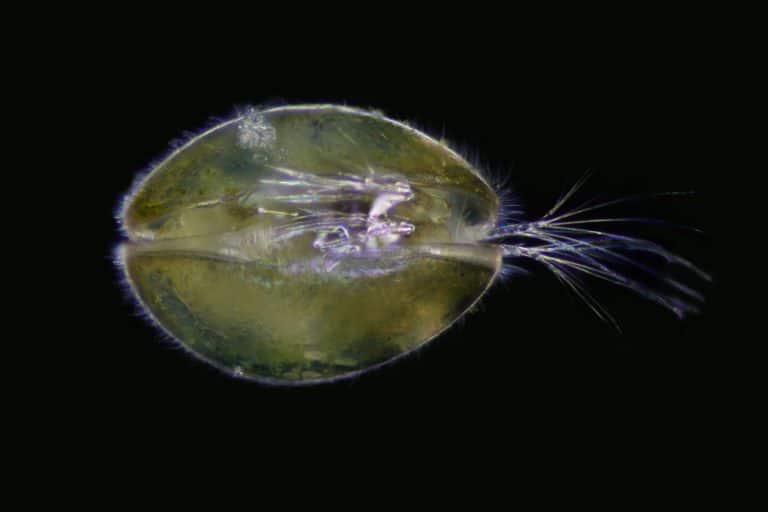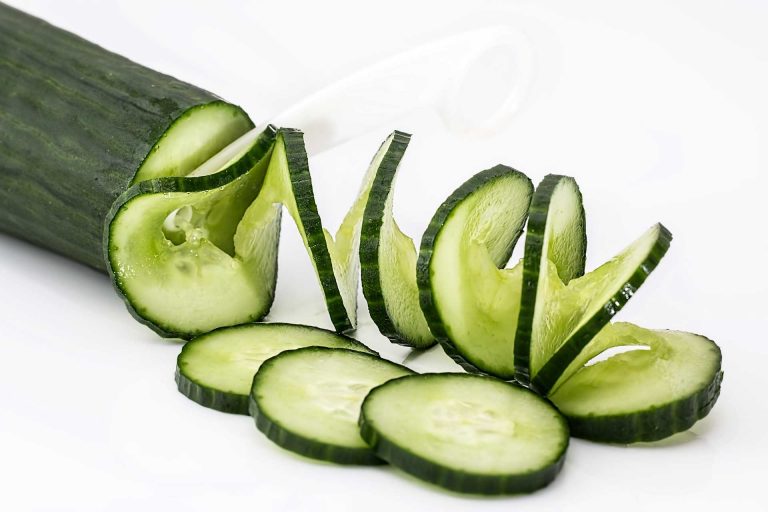Chestnut
Scientific Classification
| Kingdom: | Plantae |
| (unranked): | Angiosperms |
| (unranked): | Eudicots |
| (unranked): | Rosids |
| Order: | Fagales |
| Family: | Fagaceae |
| Genus: | Castanea |
Chestnut is a deciduous tree of the Fagaceae family. The name ‘chestnut’ refers to the nuts, which they produce. The wood of the chestnut tree contains tannins. It is of the same family as the oak tree. The timber of the chestnut tree is used in decorations. The Wood of the chestnut tree is a useful source of natural tannin, for the pollination of chestnut trees, two trees are required. There are four species of chestnut trees:
Asiatic Species: Japanese chestnut and Chinese chestnut are Asiatic species. They are also known as Seguin’s chestnut. Japanese chestnuts are large in size and it is difficult to remove the skins of the fruits. Chinese chestnuts are smaller than Japanese, but here you can easily remove the skin of fruit.
European Species: The European species of chestnut are sweet chestnut. These are the same species as horse chestnuts. The color of bark is gray. European chestnuts have a sweet taste, good size and it is easy to remove the inner skin of the fruit.
American Species: American chestnuts are known as dwarf chestnuts. The color of the bark is red-brown. American chestnuts are small in size, have a sweet taste and you will find it easy to remove the skin.
Fresh fruit of chestnut has 180 calories, which is lower than other dry fruits, almonds and nuts. Chestnuts do not contain cholesterol and no gluten. Chestnut is the only nut that contains vitamin C. Chestnut trees have a growth rate that is fast to moderate. The height of chestnut depends on the species of the tree.
History of The Chestnut Tree and the American Chesnut Foundation
For years now, the American Chesnut Foundation that was founded by a like-minded, well known group of plant scientists has been researching with science and breeding, to develop an American Chestnut tree variety that could become blight-resistant. Their sole intention is to re-establish the tree as a truly great specimen in the forests in the eastern part of the United States. They relented the sad prospective demise of the chestnut trees of the United States of America and wanted, above all, to restore its glory to its indisputable erstwhile status as a prominent tree in the American ecological system. From an area of over 200 million acres in the woodlands of the east of America, ranging from Maine, Florida, West Piedmont and Ohio Valley it has succumbed to the lethal chestnut blight, an extremely serious fungal infection, to perpetrate a fall of about a quarter of the entire population of the chestnut trees in this area, where, the experts had estimated four billion chestnut trees existed hitherto. One cannot but agree that the chestnut tree is an extremely important part of the ecosystem in the U.S.
Anatomy
The leaves of chestnut trees are simple and are 10-30 cm long. The bark of chestnut tree is smooth. The fruits have a pointed end. The fruit has two skins. The one is shiny, hard, husk called pericarpus. Under the pericarpus, a thinner skin is available, which is called episperm or pellicle. The leaves of the chestnut trees are dark green on the top and light green at the bottom. Before dropping, the leaves turn brown, yellow and gold. In the past, chestnuts were an integral part of the human diet. Except American chestnuts all species are numerous in the wild.
Habitat

Photo by: Monika Kostera
Seeds of the chestnut tree germinate in early spring or winter season. Snowfall is beneficial to the chestnut tree. The most common and important species of chestnut in the eastern United States are American chestnuts. The wood of the American chestnut is used to make telephone poles, furniture, shingles, sidings and fence posts. The chestnut tree is popular in New York, Florida, Ohio, Maine, Mississippi, Connecticut, New Jersey, Kentucky, Missouri and Arkansas. Chestnut trees can be found at altitudes between 1000 meters above the sea level.
Uses
Hair shampoo is prepared from the leaves and the skin of the chestnut fruit. Using the chestnut meal, fabrics can be starched and linen clothes can be whitened. The fruit of chestnut tree can be eaten raw. By drying and milling into flour, chestnuts are used in the preparation of cakes, bread, pancakes and pastas. It is also used as a thickener for sauce, soups and stews. For starching of a textile, an extract of chestnuts is used. Chestnut trees are used as flour, substitute for coffee, bread making, substitute of cereal and other cookery uses. Leaf infusions of chestnut tree are used in respiratory disease and remedy for whooping cough. Roasted chestnuts are sold in the market, streets and in fairs by vendors.
Soil
Chestnut trees require well drained, fertile and deep soil. It cannot survive in heavy or shallow soil. It grows well in rocky or poor soil and fairy dry soil. Chestnut trees do not grow well in alkaline soil.
Care
Chestnut trees are easy to grow. They do not require a lot of care and maintenance. For good growth, chestnuts require drainage to avoid root rot. They also require fertile soil and full Sunlight. To avoid weeds, compost is ideal for chestnut trees. Watering regularly is also good and for large crops and for rapid growth, fertilizing is required during the first growing season.
Chestnut Disease
Root rot is a disease which is caused by the extra exposure to moisture. This disease can infect the leaves and pressure them to drop. Dark spots are also developed on the bark of chestnut tree by this infection. Powdery Mildew is also a disease which infects the tree and affects the growth of these trees. Ink disease attacks the phloem tissues and roots of the chestnut tree. By this disease, the leaves turn yellow and the fruits remain small and nuts permanently drop out. Phytophthora disease is very harmful to the chestnut tree. It may cause death of the tree.
Watering
Chestnut trees require approximately 800 mm rainfall per year. Mulching during summer season is ideal for them. The drip irrigation system is also good for better growth of plants. Young trees require watering in autumn and summer season.
Pests
Wallabies and rabbits can do damage to the young chestnut tree. They need protection by securing the trunk of the tree or by a fence. Mottled umber moth and winter moth are the most frequently occurring pests. At harvest time Rosellas can also be troublesome. The chestnut weevil can damage the fruit of the tree.
Preservation
Fresh chestnuts can be preserved in syrup or sugar. Cooked and shelled nuts can be refrigerated, covered and used within 4-5 days.

Having discovered a fondness for insects while pursuing her degree in Biology, Randi Jones was quite bugged to know that people usually dismissed these little creatures as “creepy-crawlies”.







